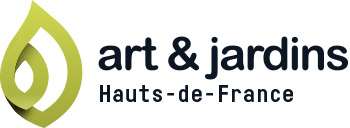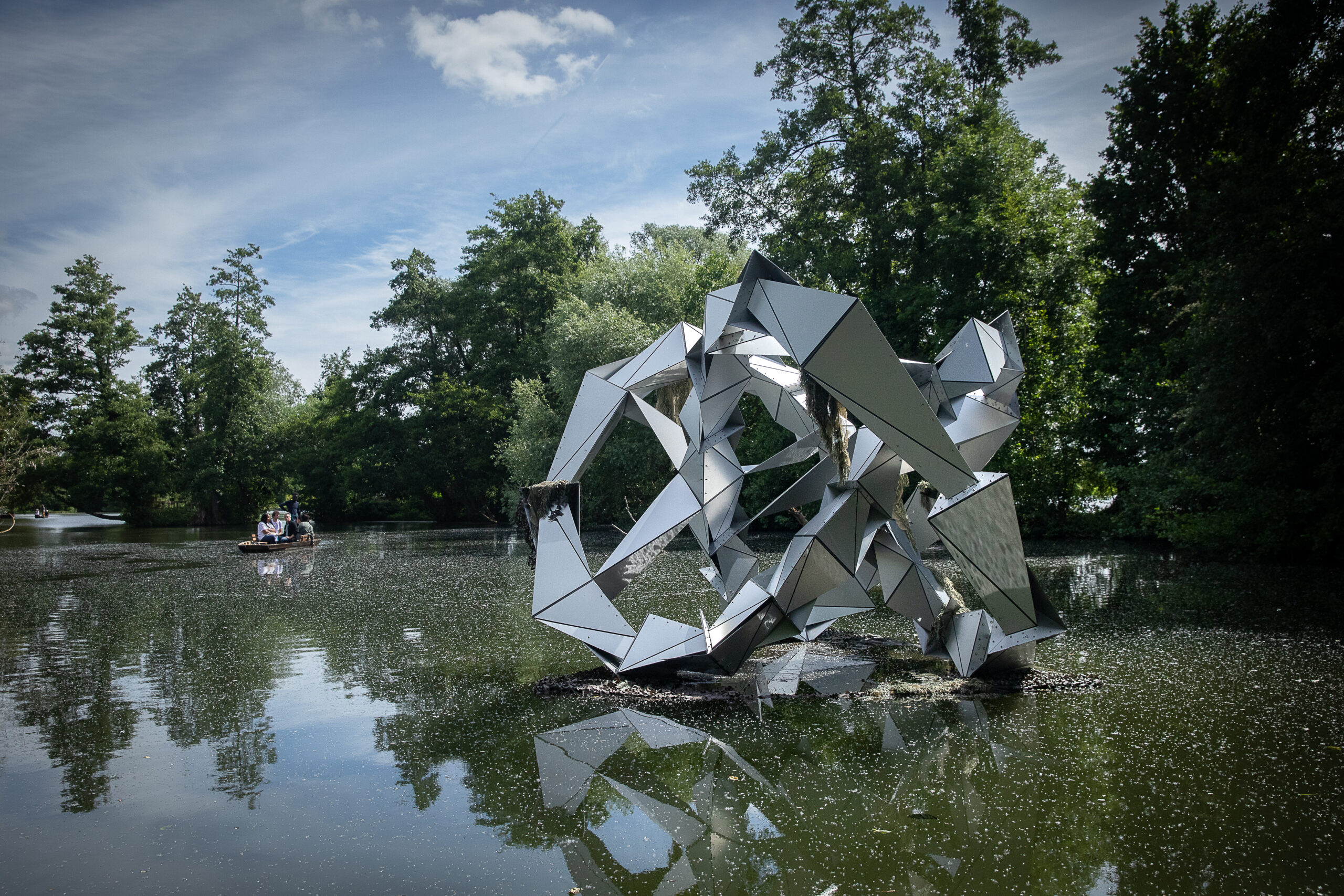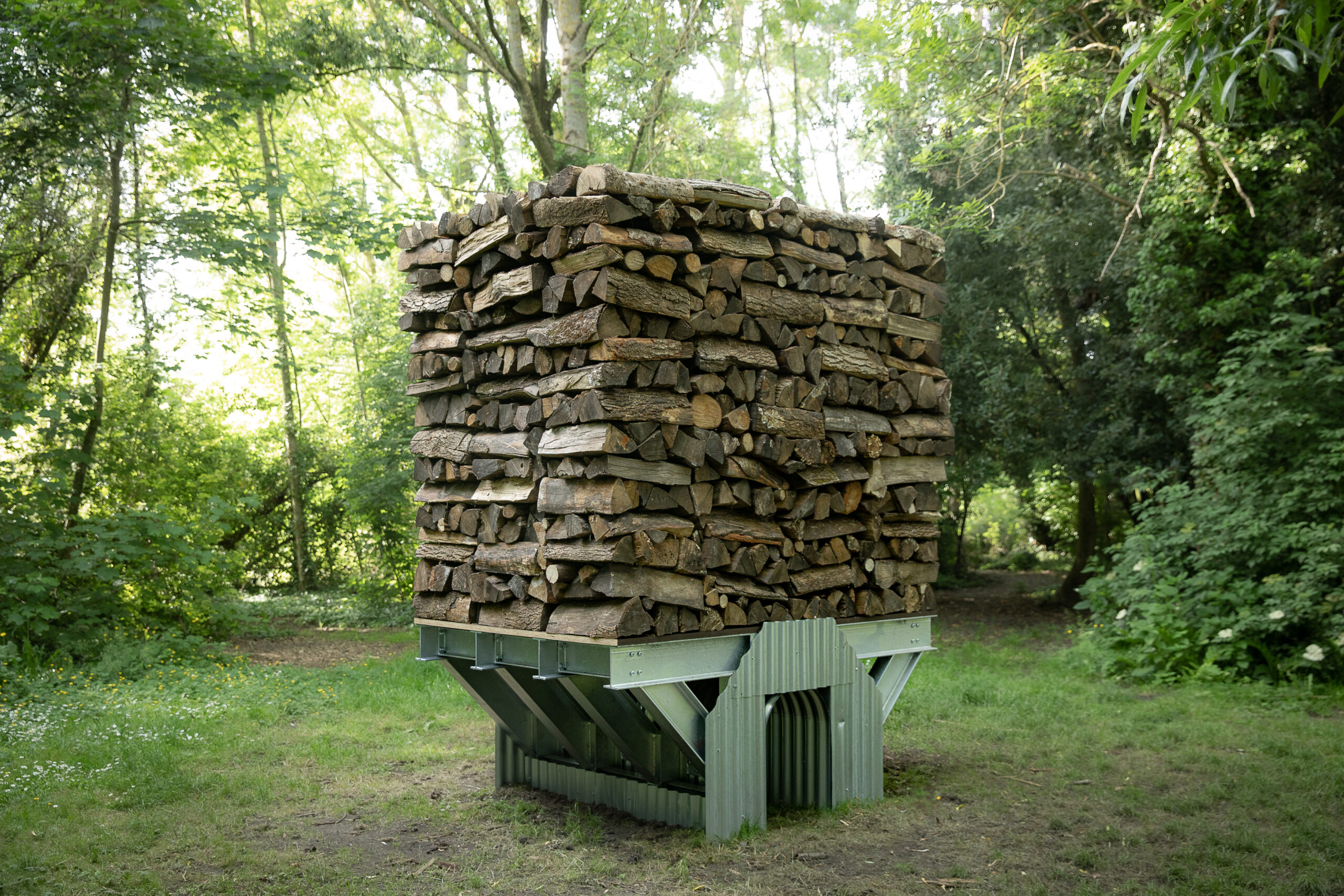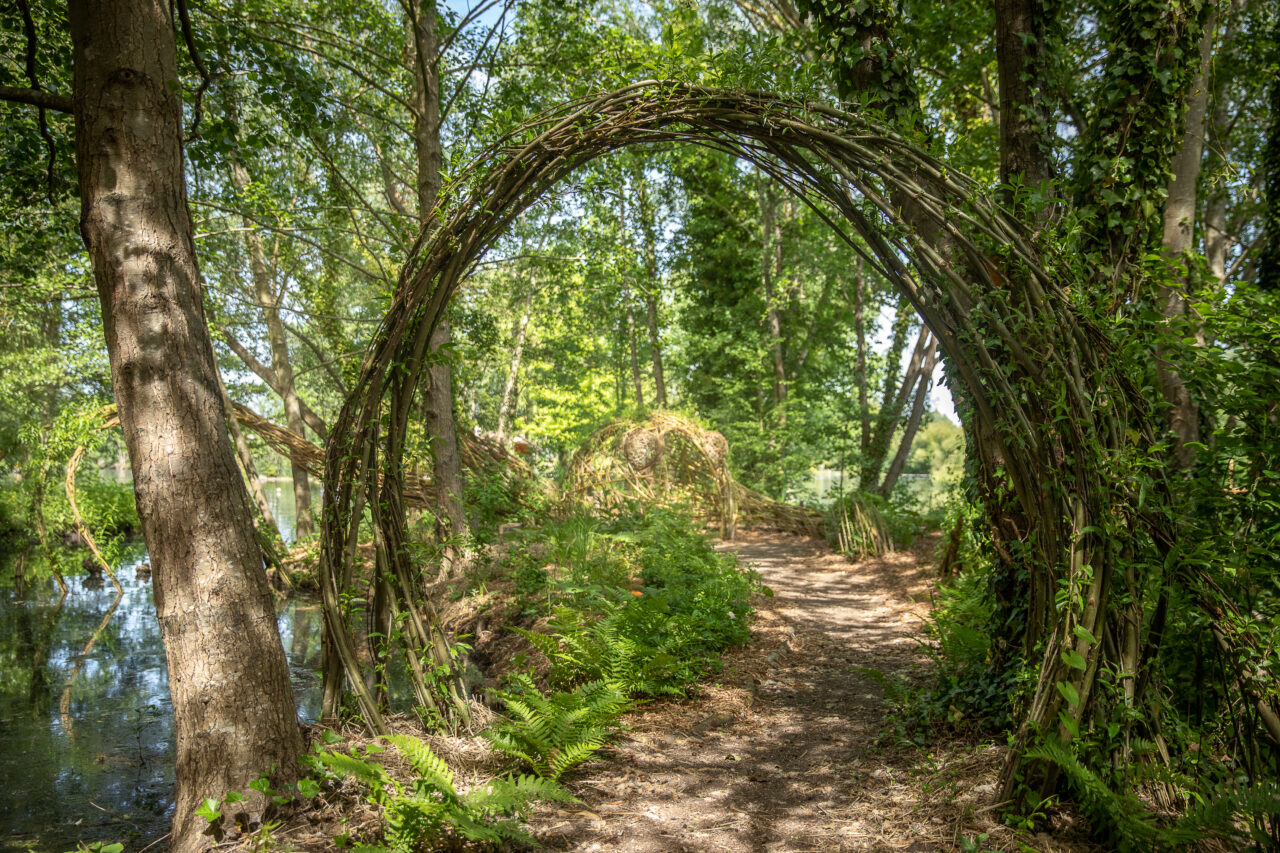Vergers urbains wish to encourage the public to question the human management of natural spaces. Where do we place the limit of human intervention? How can humans adopt a regulatory and accompanying role?
The visitor lands on the island and discovers an environment that is both strange and common. An inhabited space whose presence is enigmatic. An entity, half-monstrous, half-protective, is responsible for the Hortillonnages. She lives there somewhere. Her body spreads over the island like tree roots, sometimes coming out of the ground to guide us to the most mysterious places on the island. Half awake, half asleep, all woven willows, it ensures balance and regulates the life of the Hortillonnages. Its members guide the visit and suggest the accessible areas: an arm accompanies the bank, a foot emerges from the ground and delimits an agricultural plot, traces of human life. Sometimes it is a defense that takes place.
The progressive route makes the visitor circulate in a built space on a reduced scale in order to question him on the place he occupies on the site. The bank is marked by human works such as wooden decking, fascines or other ecological engineering techniques. Little by little, human developments are becoming scarce to enter into a space of dialogue with the living: a space of market gardening and then of native and spontaneous vegetation. At the end, the path disappears to give way to a wooded area where nature dominates.
The artist
Vergers urbains




